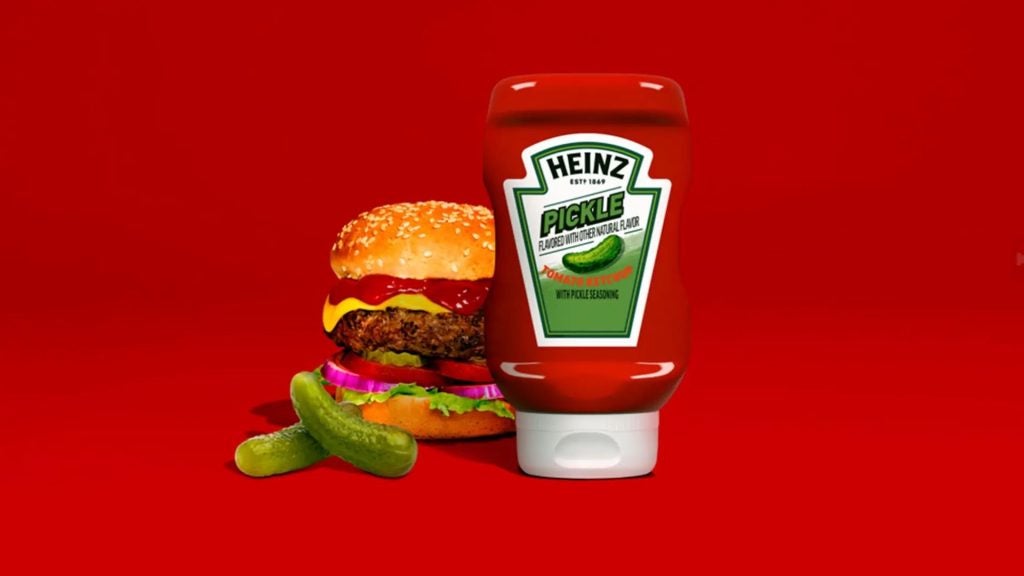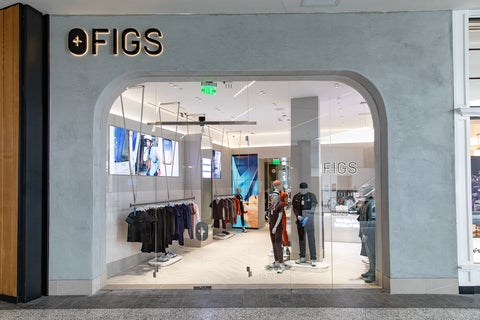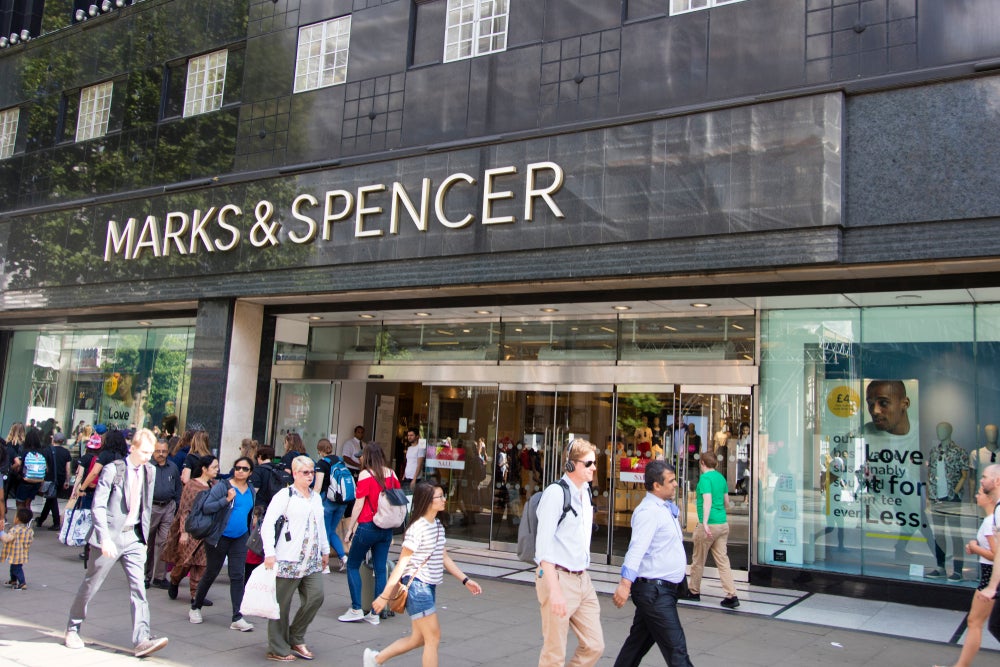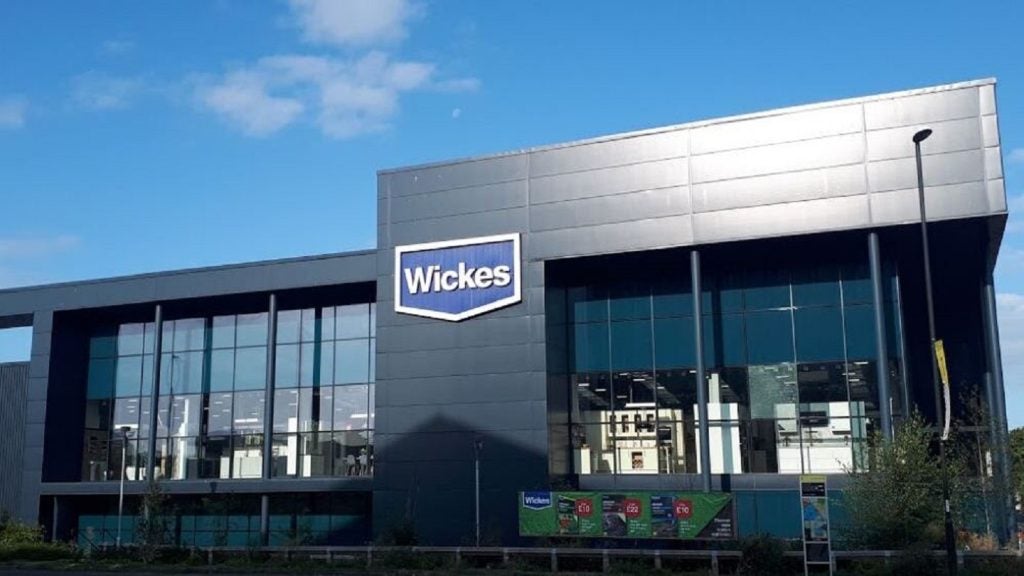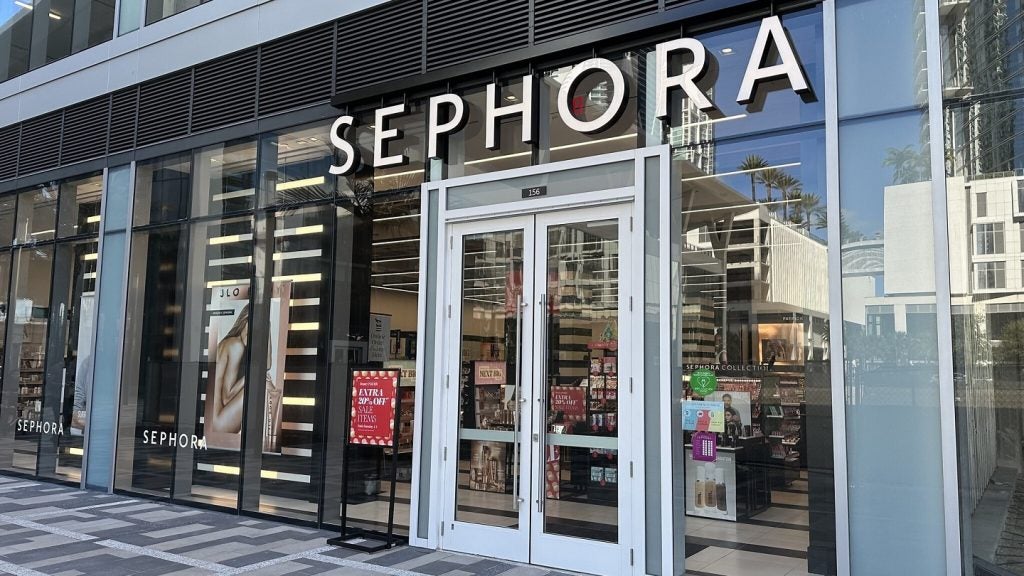Former fast fashion darling Asos posted a frightful set of full-year results on Wednesday (1 November), with an almost £300m ($373m) pre-tax loss and downgrades for 2024 guidance. The online retailer has now forecasted a drop in sales ranging from 5% to 15% in FY24.
In a tone of cheery optimism, Asos said that FY23 was nevertheless “a year of good progress”, with stock balance reduced by ~30%, a refreshed leadership team, improved profitability and a strengthened balance sheet.
No one reason
The reasons posited for Asos’ recent struggles have been wide-ranging, with Mat Dunn, former chief operating officer, saying last year that it was a “broad-based phenomenon”, not attributable to a “particular product, particular category or particular country”.
Challenges for the e-commerce giant have included everything from excess inventory levels, unprofitable labels and an unseasonably cold spring through to the rising costs of warehousing, labour and raw materials. According to Savills, total prime warehousing property costs, comprising rents, service charges and taxes, grew by 10.1% in the 12 months to June 2023 across 52 global markets, outstripping the rate of inflation.
Asos, which rode high on the wave of pandemic-fuelled spending, made the decision to build up a massive clothes inventory, banking on the continuation of the online shopping boom. With booming sales in early 2021, the retailer even splurged £330m on Arcadia’s TopShop, Miss Selfridge and HIIT. However, a post-lockdown return to the high streets left the retailer with large un-shiftable volumes of stock and weaker margins.
At the end of 2022, Asos began its turnaround, writing off between £100m and £130m of unsold out-of-fashion inventory in an effort to “refresh” the brand. Stock levels have since dropped by 30% year on year in 2023, and the company has now told investors that it plans to cut stock by a further 16% over the next 12 months. On Wednesday, it said it will mothball a warehouse in Lichfield, Staffordshire, less than one year after opening – a move that is expected to save some £20m a year.
The retailer has said that it will exercise a “relentless discipline to optimise costs”, but heavy discounting will undoubtedly weigh on future profitability. And, with a debt-to-equity ratio of 1.32, Asos faces pressure to shift stock while ensuring as few write-downs as possible.
However, bloated inventory levels are not the beginning and the end of Asos’ troubles. Another diagnosis is that “Asos is in the grip of an identity crisis”, promulgating a store-front aesthetic that is undifferentiated from those plump-lipped, high-cheek-boned and bronzed models featured by Boohoo and Pretty Little Thing. This perhaps plays some part in the company’s expressed aim to return to its fashion-focused roots.
Pippa Stephens, Senior Apparel Analyst at GlobalData, said Asos’s product offer continues to “struggle to hit the mark with its core shoppers”.
“Alongside the ongoing inflationary pressures, the retailer has seen its Gen Z customers shift towards more agile and affordable competitors like Shein, while its designs have become too youthful for the millennials that grew up with it,” she says.
Recovery
Tellingly, Shein confirmed last week that it had partnered with Mike Ashley’s Fraser Group, which also holds a 22.8% stake in Asos, with analysts floating the possibility of future distribution agreements and the launch of return hubs for Shein at Fraser-owned stores.
Shein, known for its ultra-affordable clothes shipped from China, is enlisting top Western executives in its quest to go truly global.@shenlulushen https://t.co/hZ3ckpmmjH
— Jonathan Cheng (@JChengWSJ) November 2, 2023
Stephens, however, thinks that Asos’ turnaround strategy should give some cause for optimism, pointing out that “levels of newness are gradually improving”.
She comments: “Its new Test & React model, which reduces lead times to around two weeks, has seen pleasing results so far, with styles experiencing faster sell-throughs, and expansion of this model will enable it to better compete with Shein.”
“While these outcomes are positive, it will take time for these initiatives to have a material impact on Asos’ results, with an eventual return to growth only expected by FY2024/25.”
Asos is also considering the divesture of its Topshop brand – a move that should not be taken lightly, says Stephens. The brand has been one of Asos’ top performers in recent years and coheres well with Asos’ other labels. However, she says that Topshop’s products can get lost among the retailer’s extensive offering, and the divesture could provide greater visibility to its other ranges.
While Shein extends its global influence, only time will tell whether Asos’ turnaround strategy will return the once-beloved darling of fast fashion to its former pandemic-era glory.
Our signals coverage is powered by GlobalData’s Thematic Engine, which tags millions of data items across six alternative datasets — patents, jobs, deals, company filings, social media mentions and news — to themes, sectors and companies. These signals enhance our predictive capabilities, helping us to identify the most disruptive threats across each of the sectors we cover and the companies best placed to succeed.




